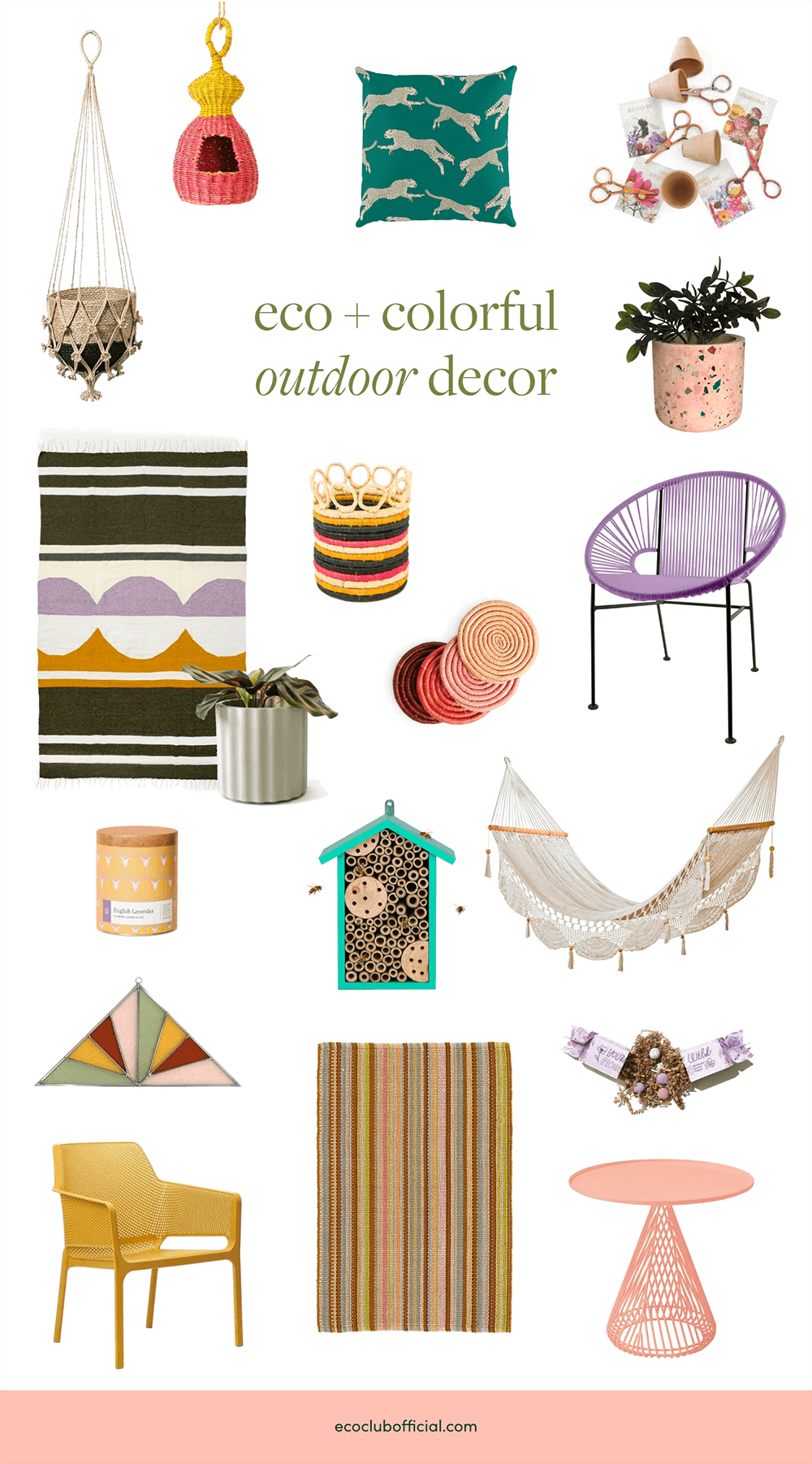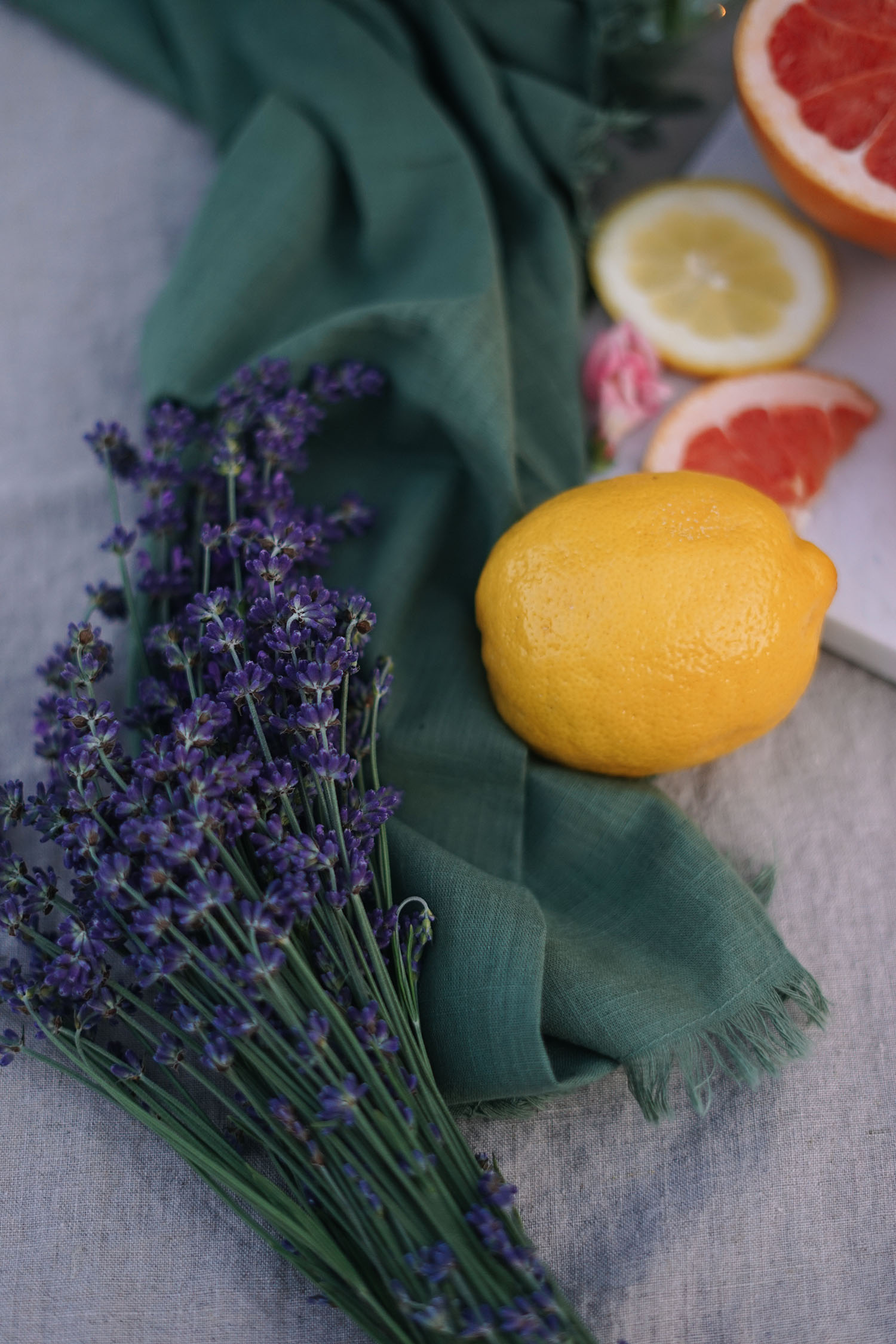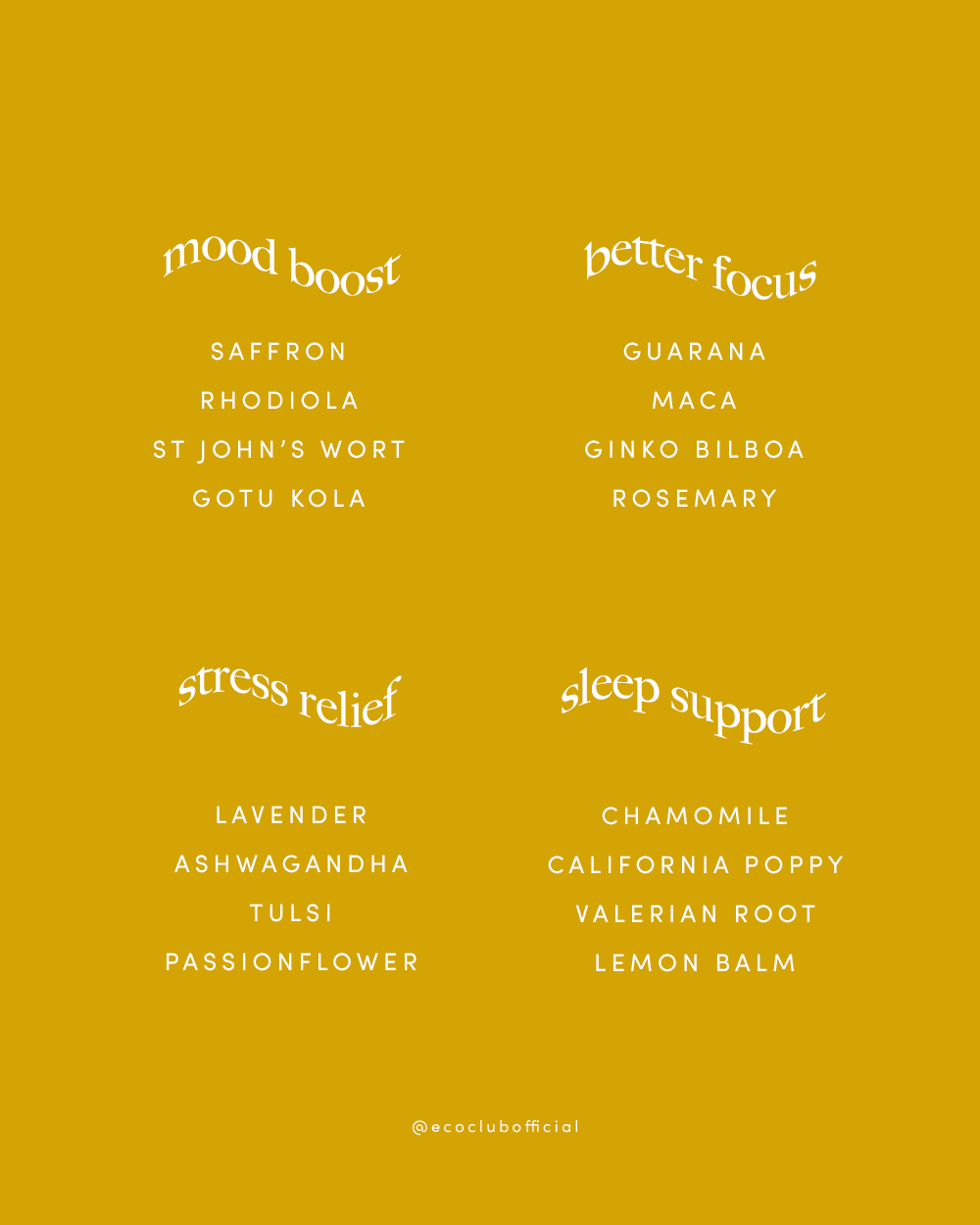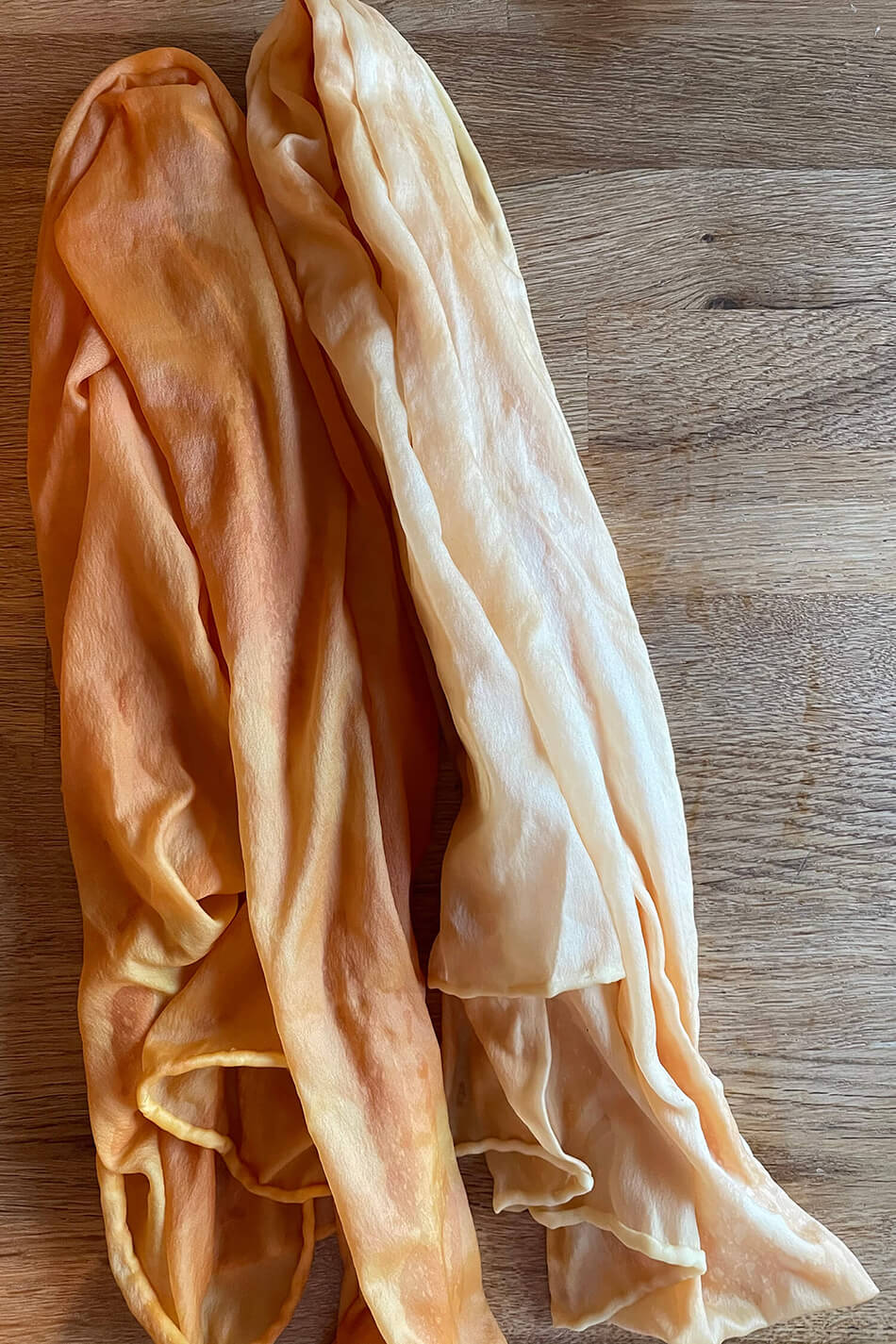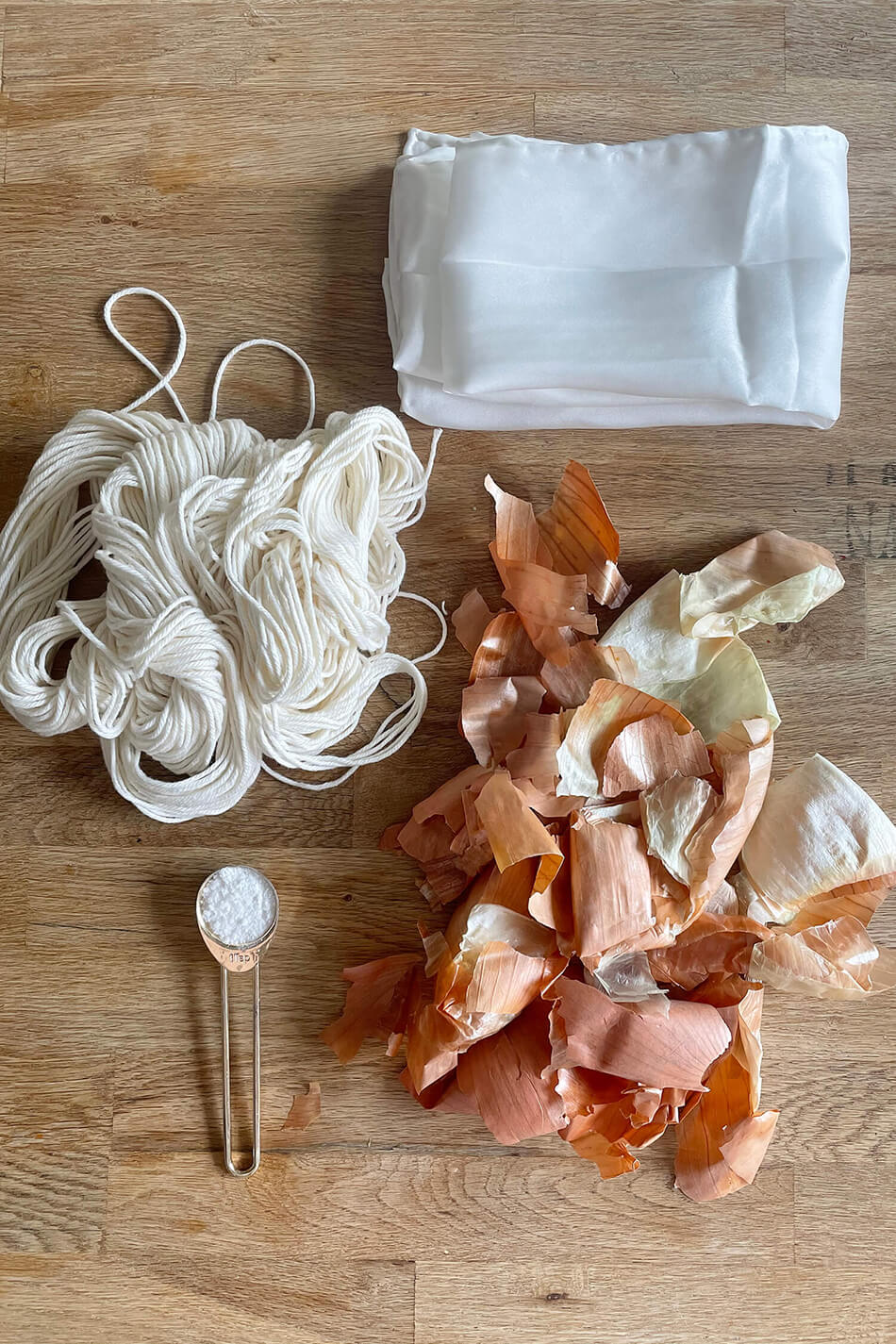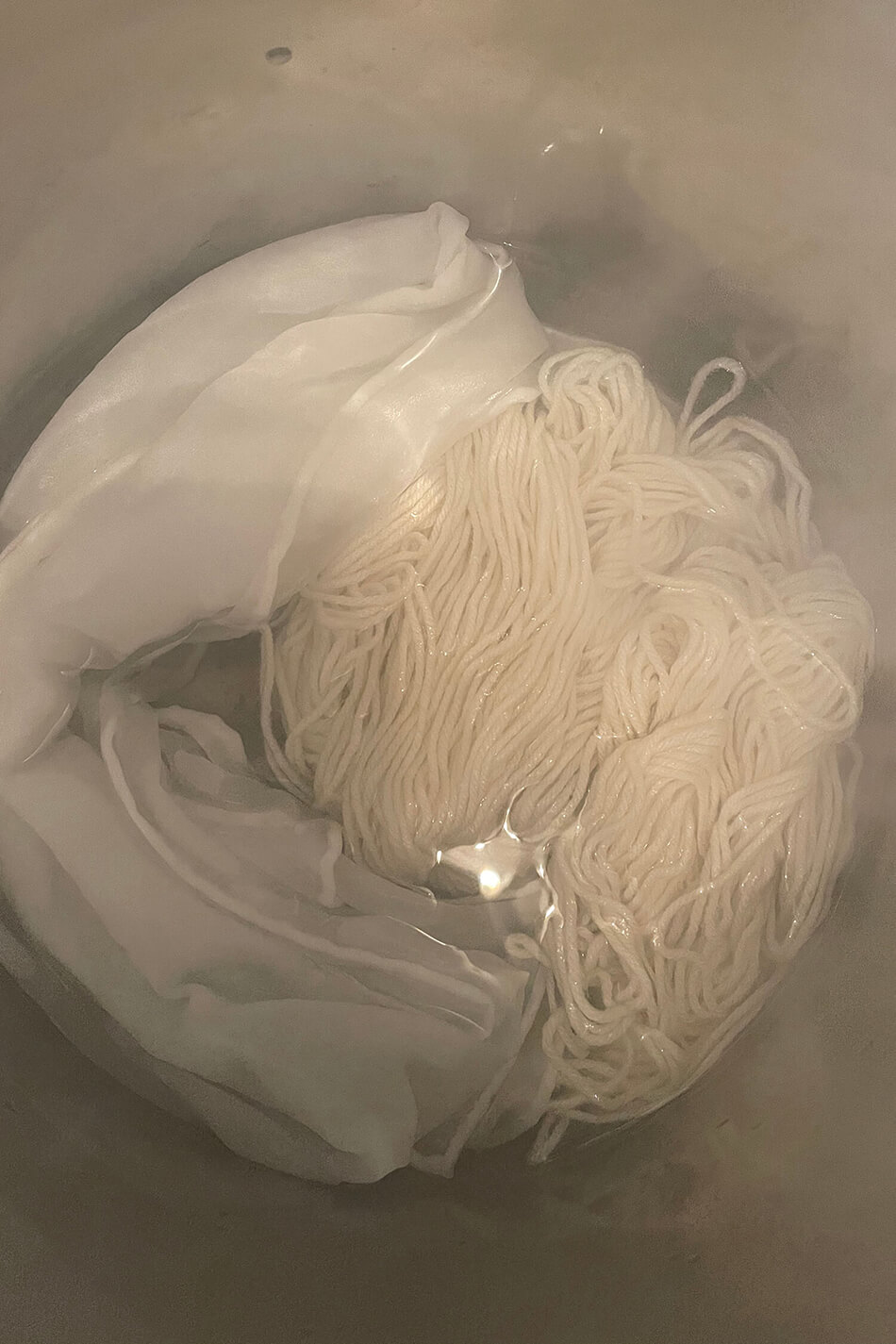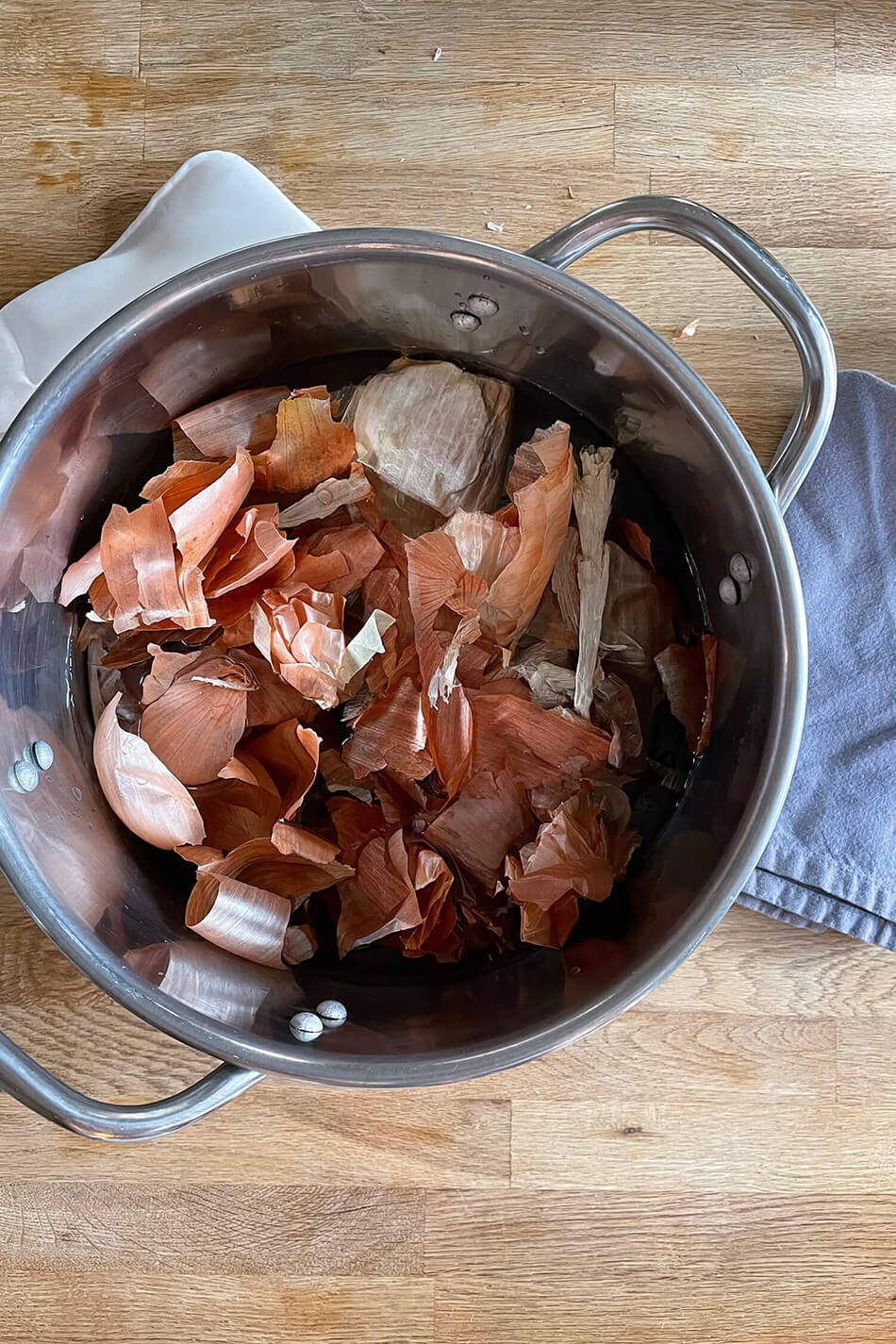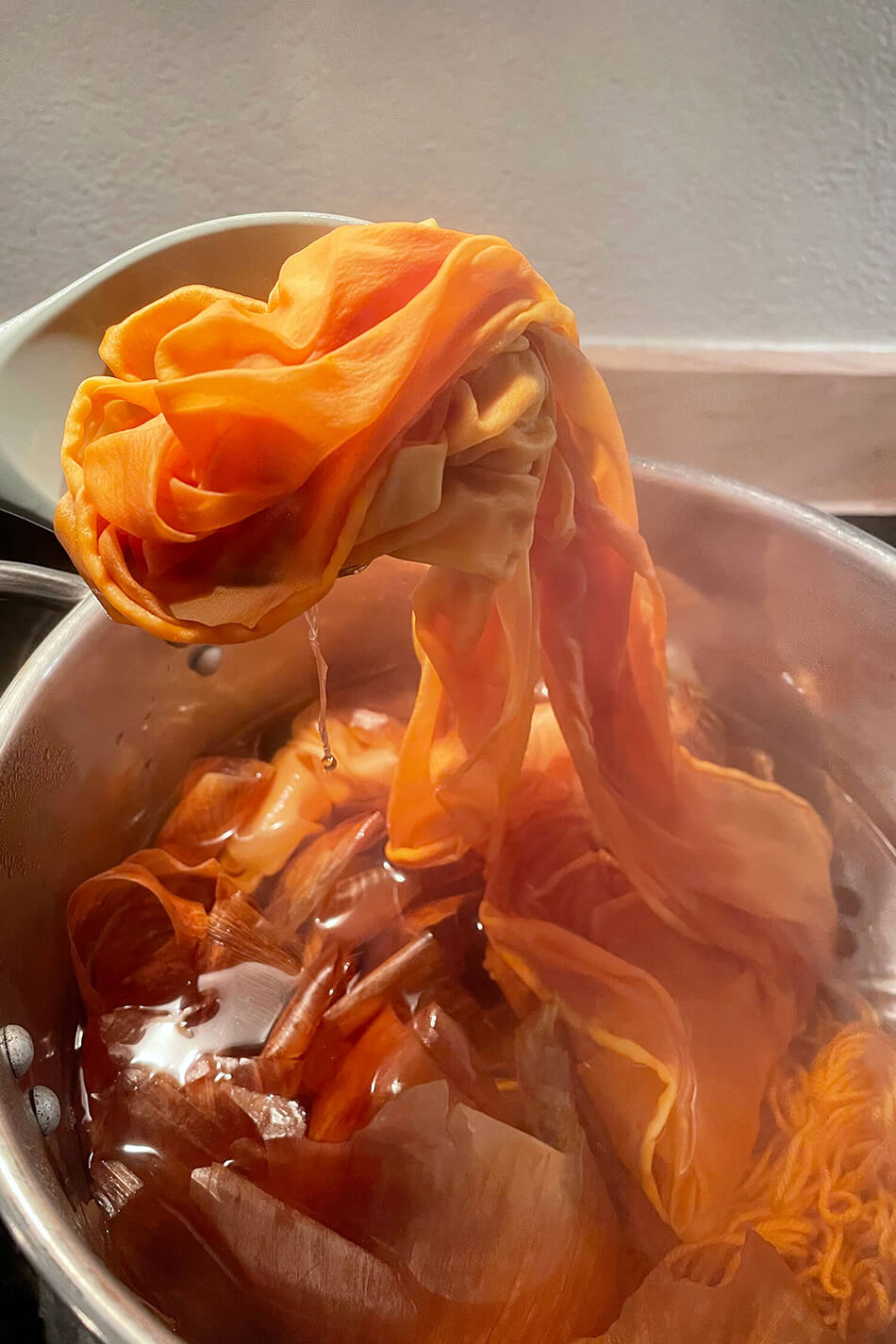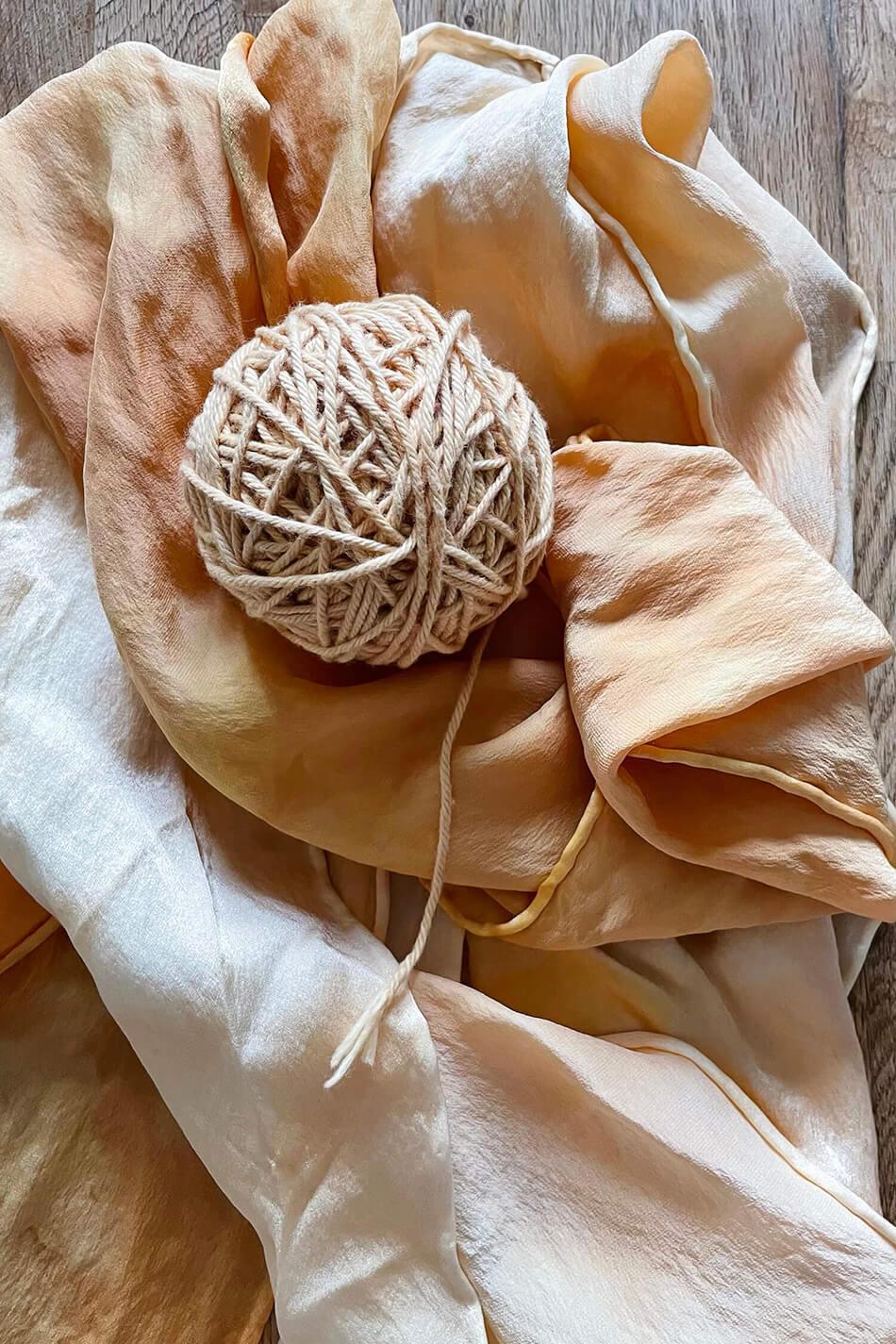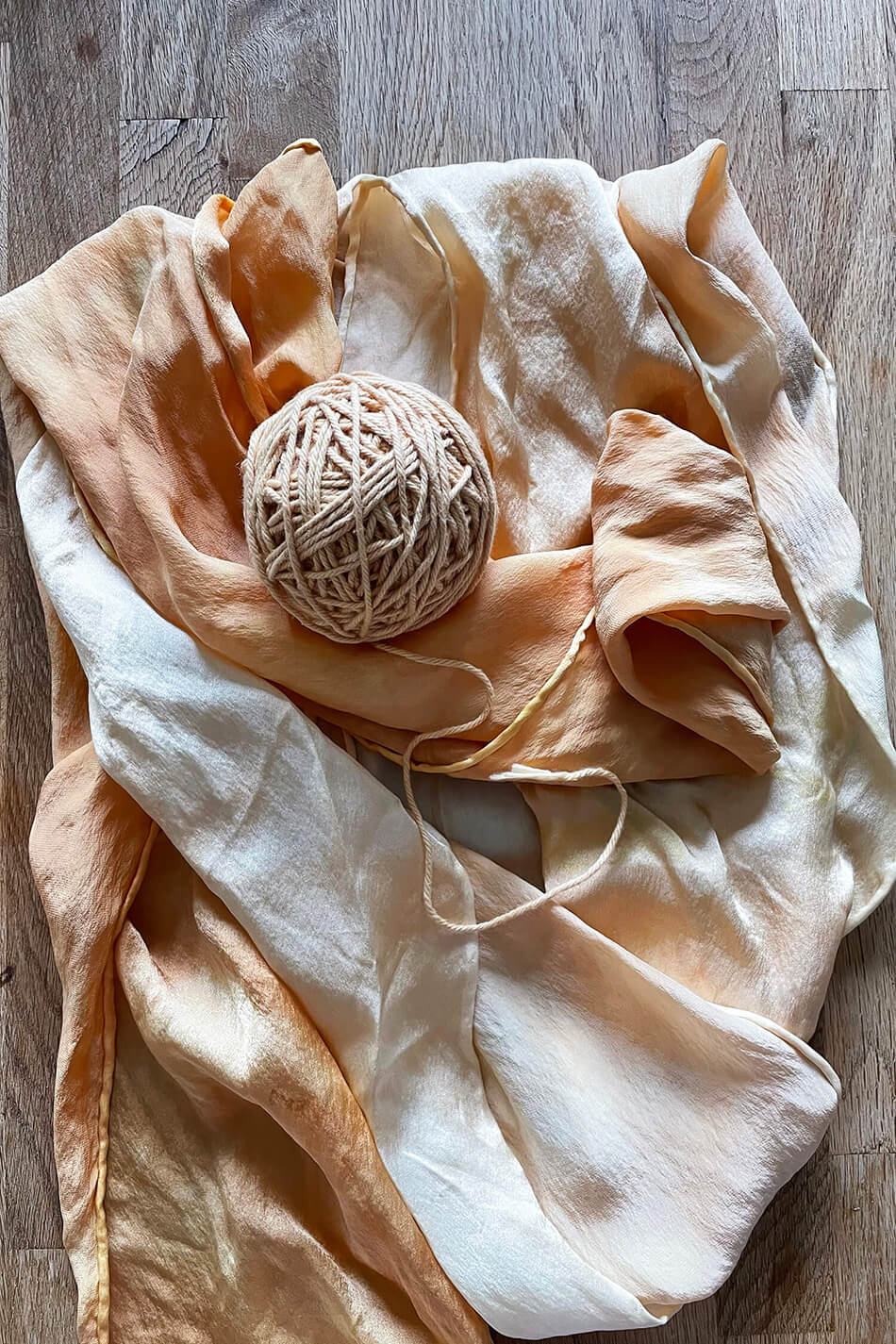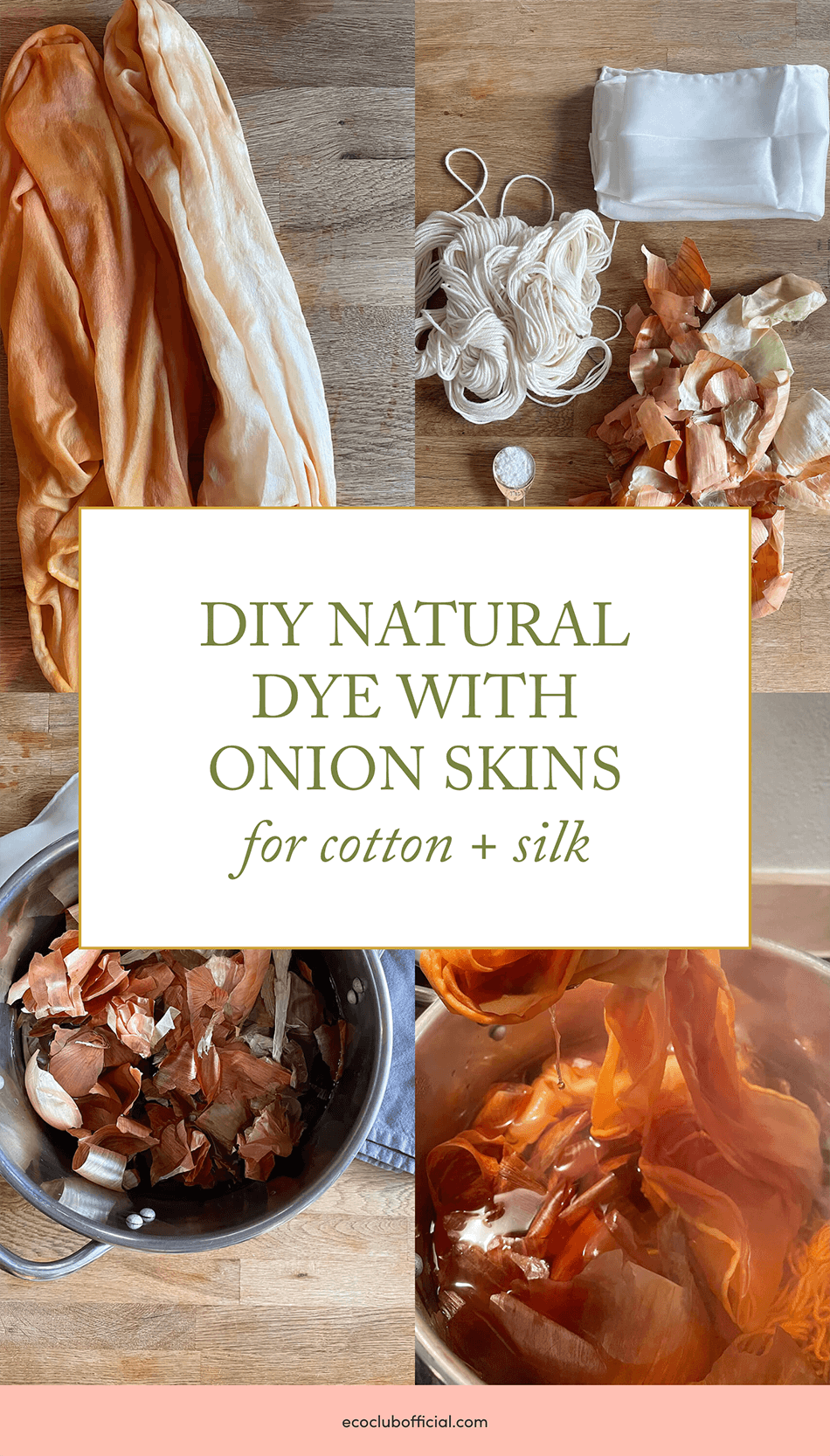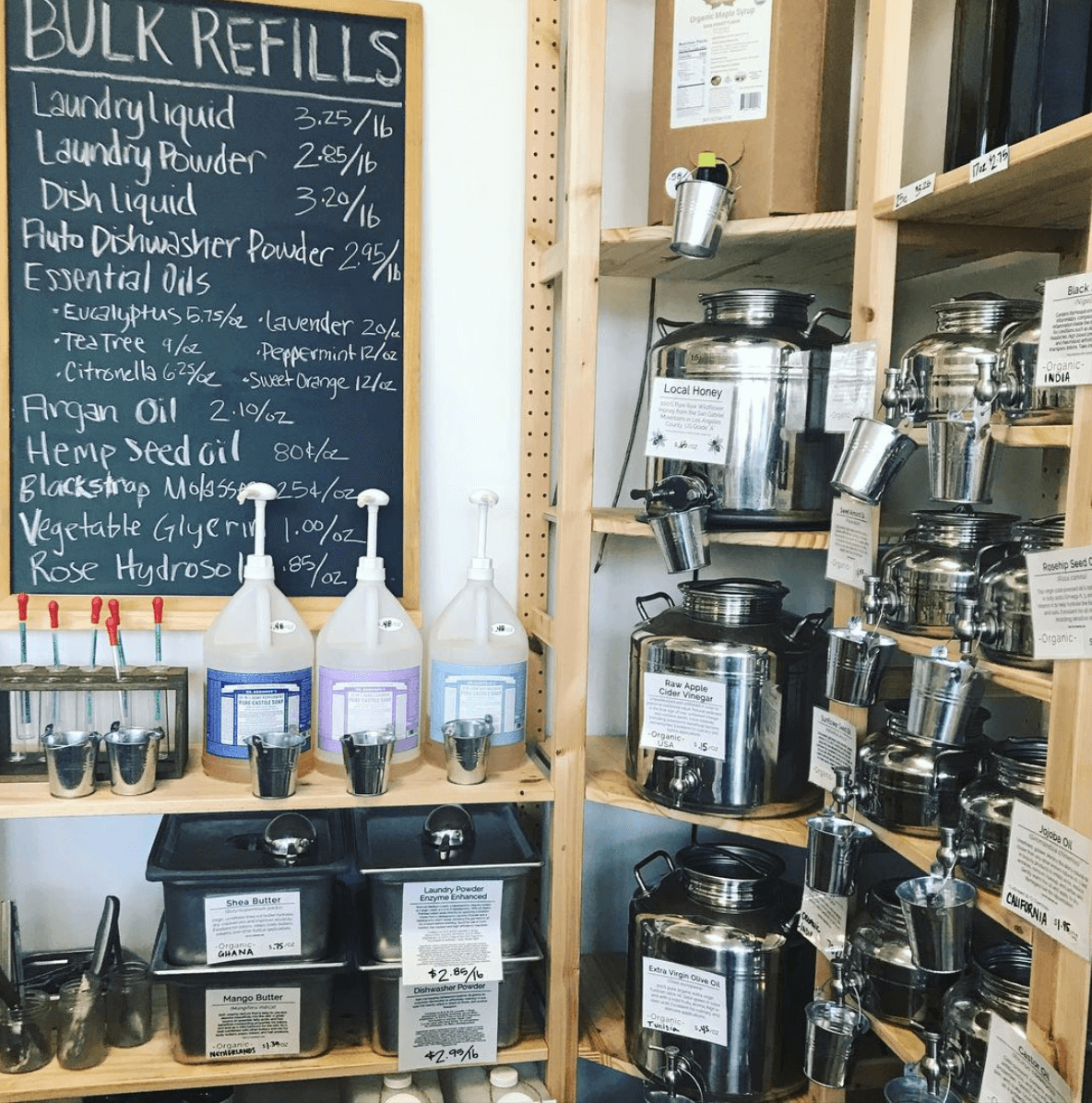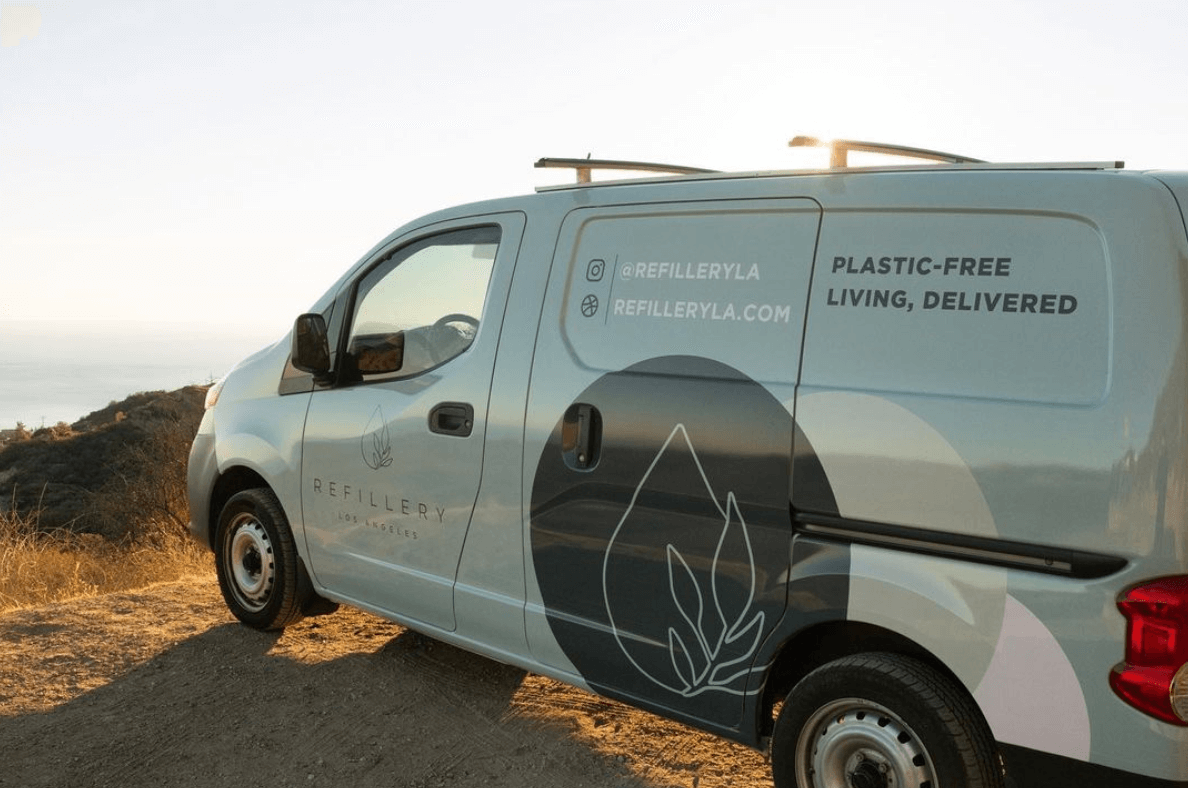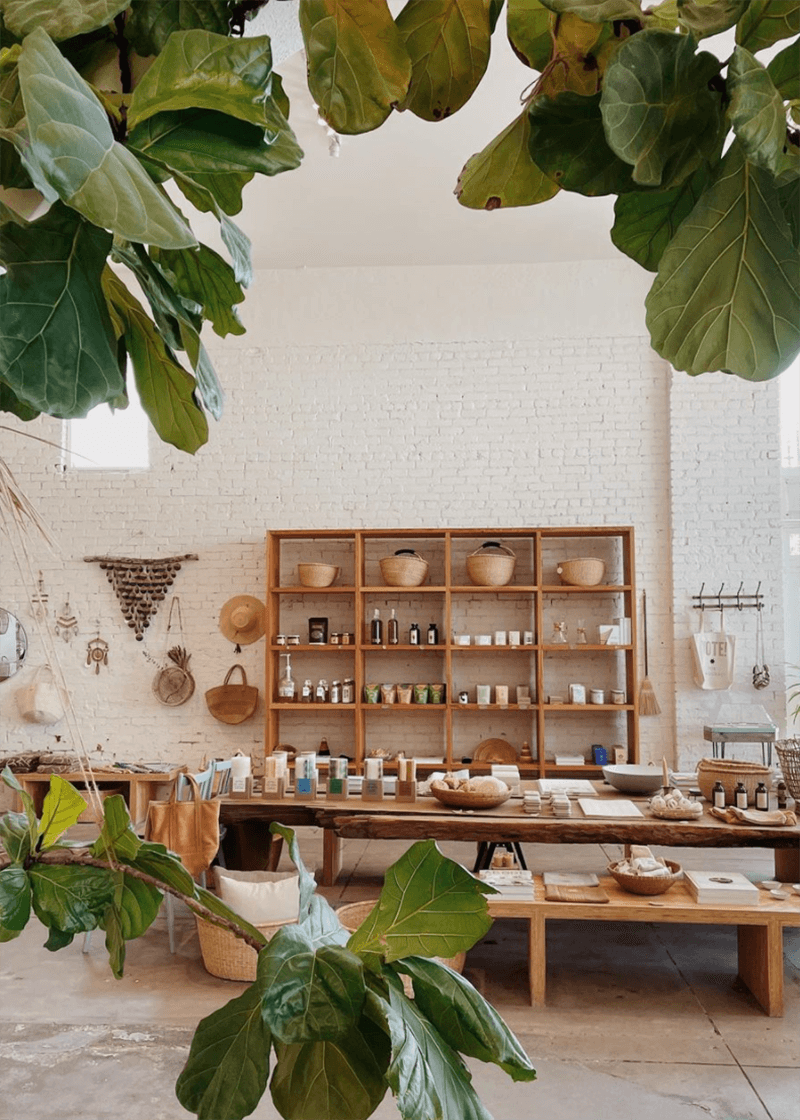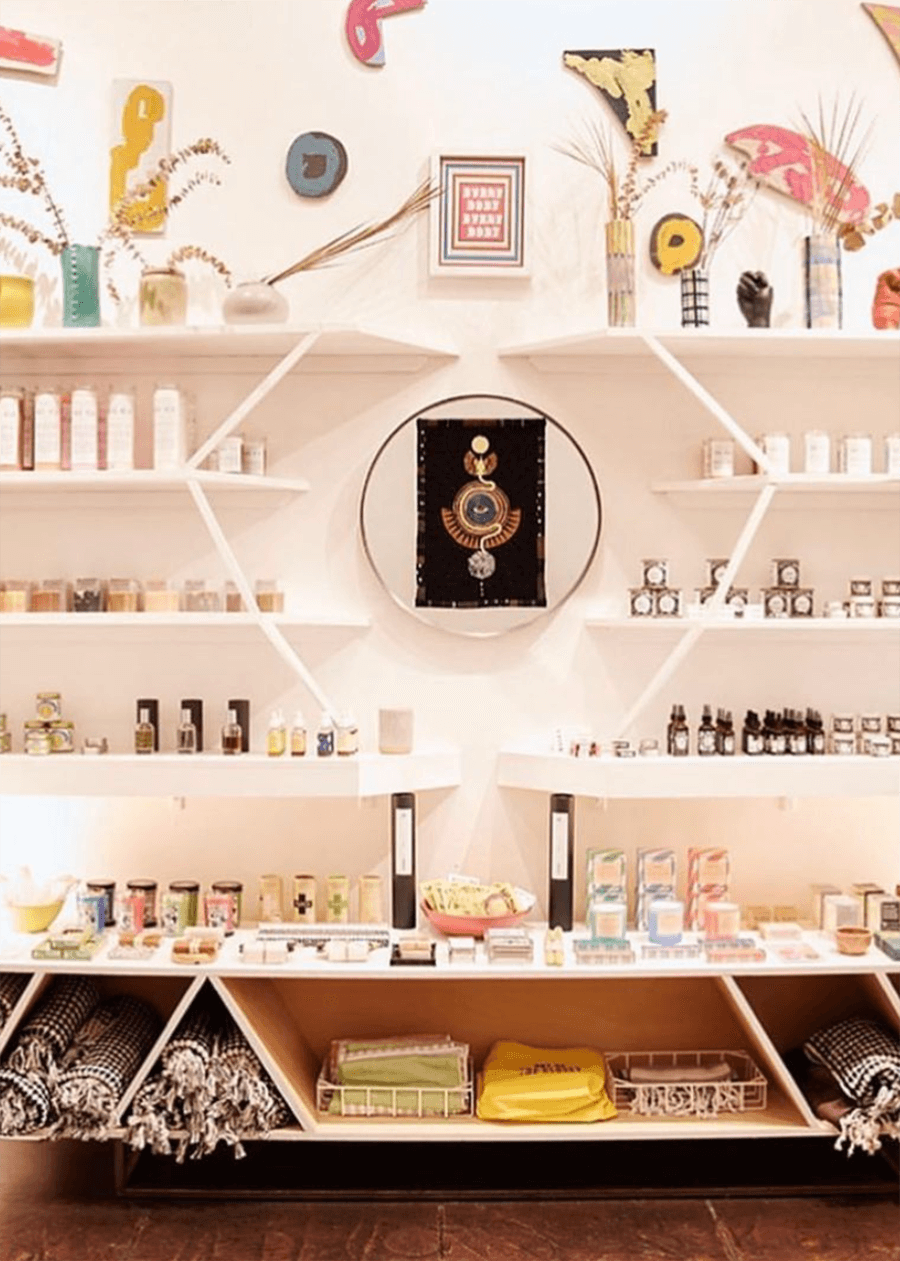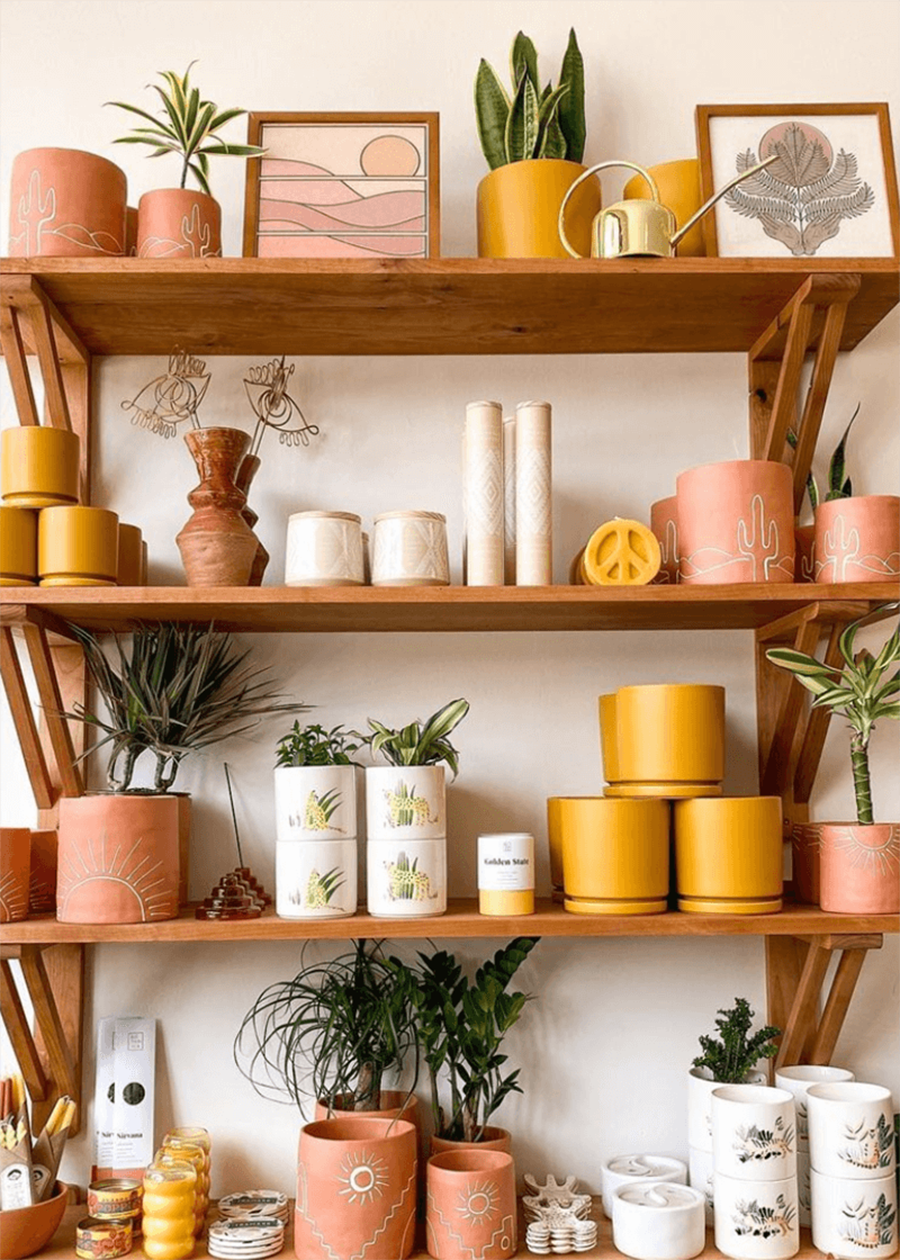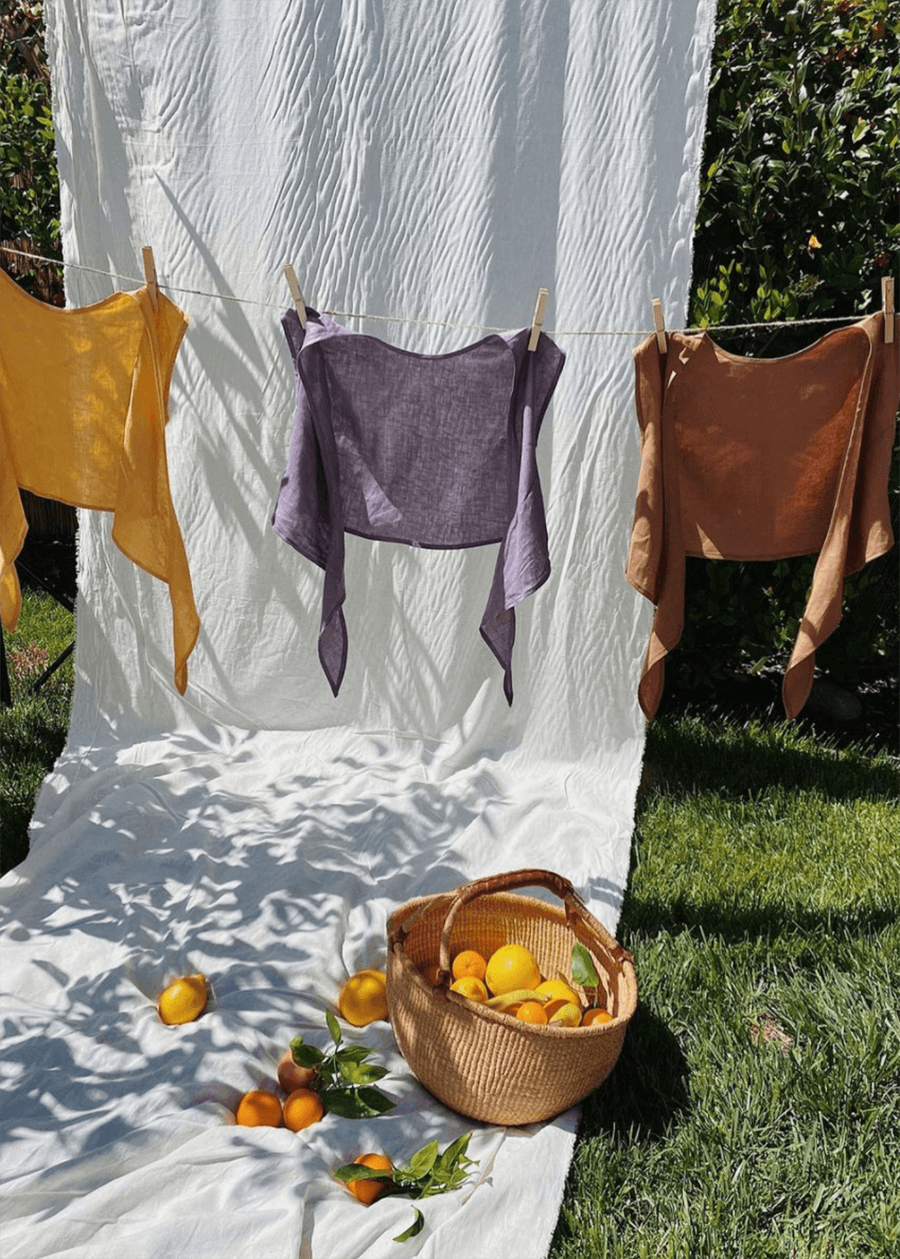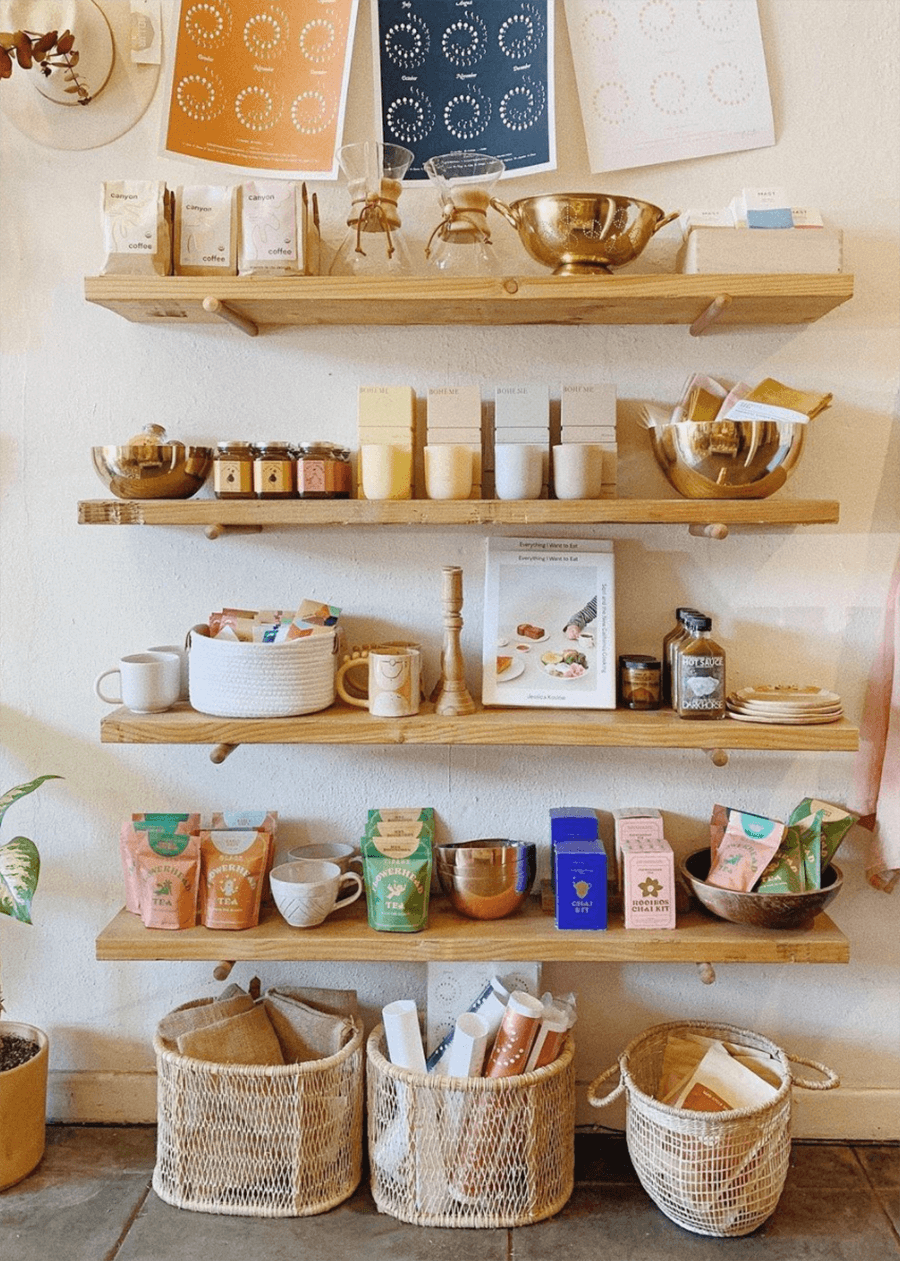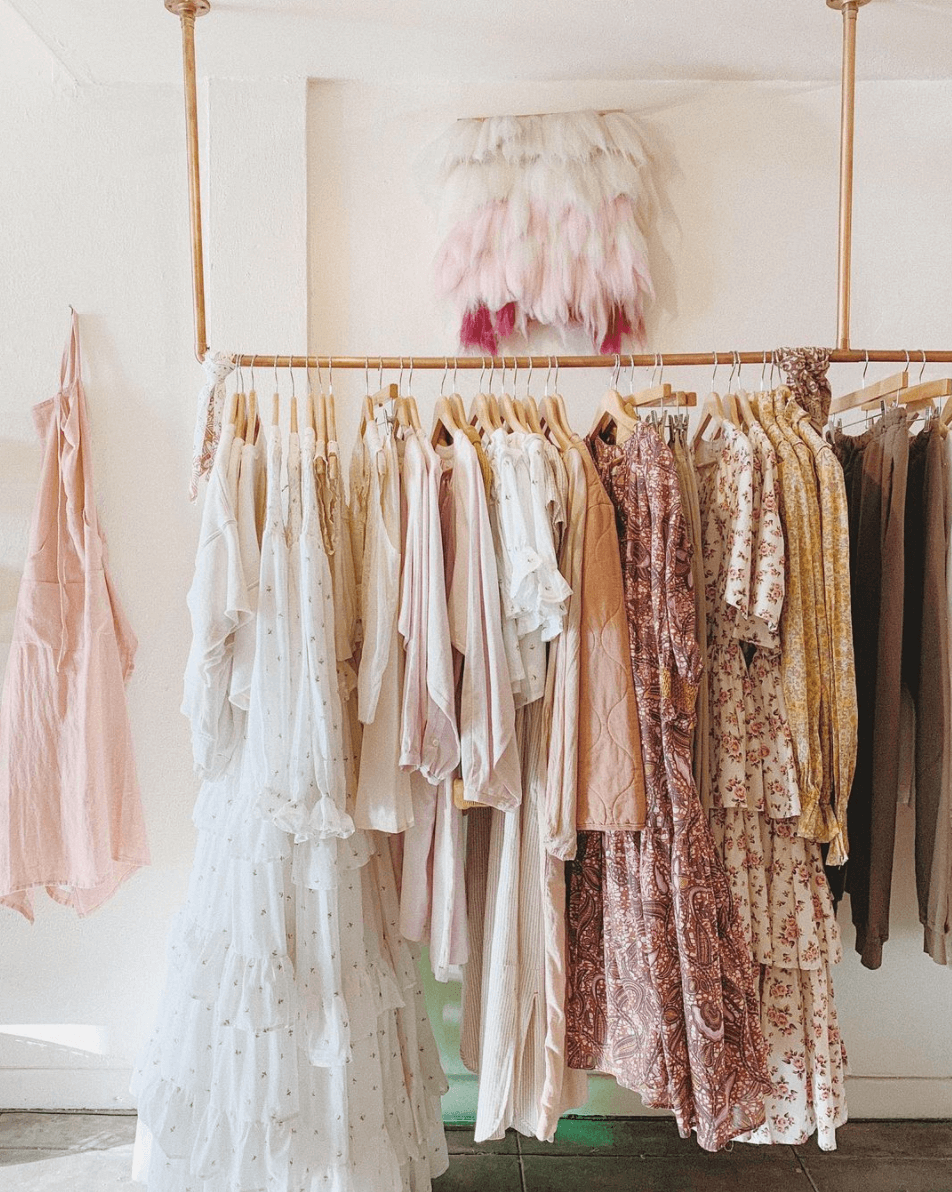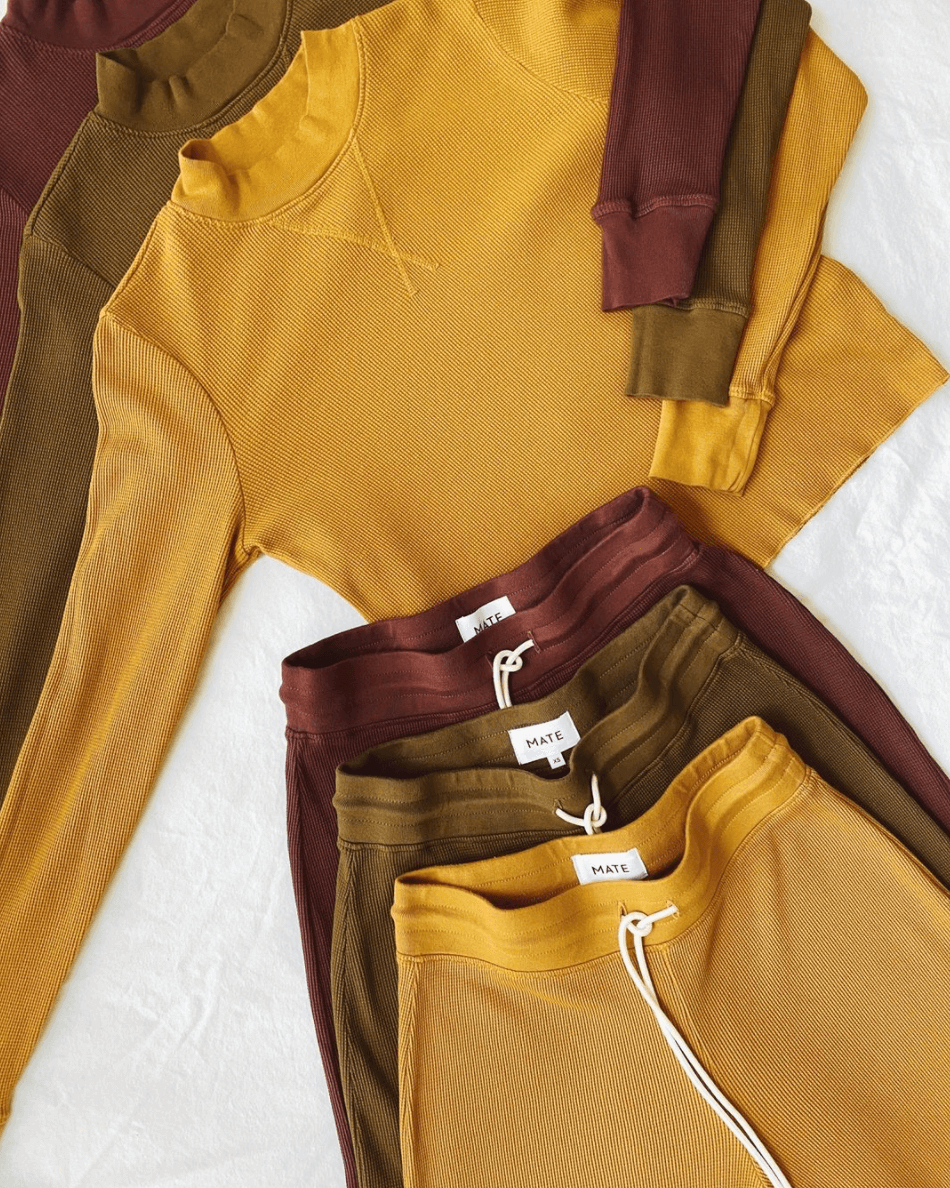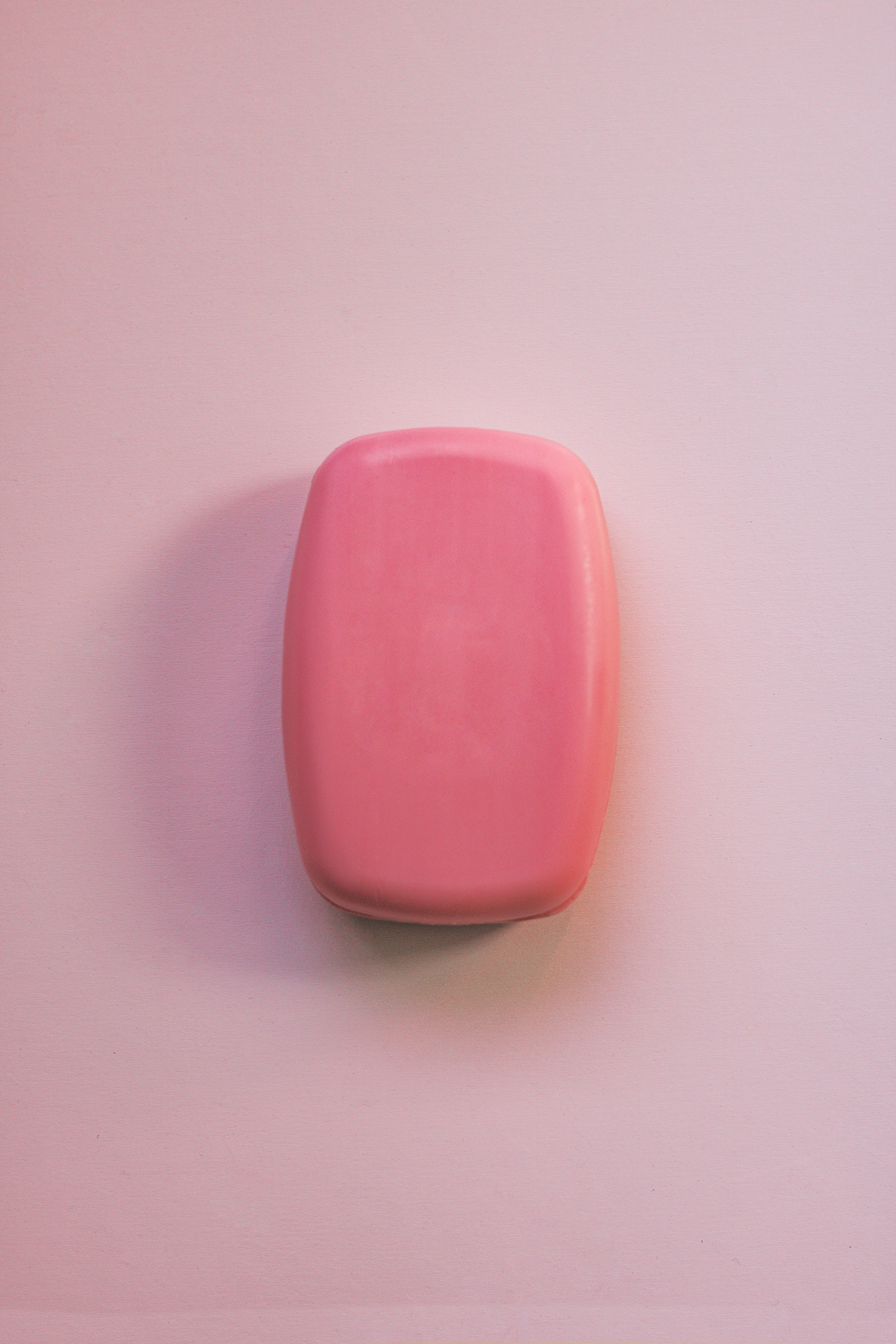Editor’s note: With the rise in companies advertising eco friendly sunglasses and hair accessories made of acetate, all of us here have been wondering: is acetate actually a sustainable material? Accessories made of acetate come in beautiful, complex colorways and patterns, often with a chic marbled look. But as we know with virgin plastic, just because it’s recyclable doesn’t mean it’s eco friendly! In this article, our contributor Katie Ford-Thomas digs deeper into this interesting material! xx Angela
Acetate is one of the earliest human-made synthetic fibers that uses the reaction between plant material and specific acids. Originally used as a textile before versions akin to plastic were developed, it has proved to be very versatile and is now found in many everyday objects, including felt tip pens, cigarette filters, and diapers. Its properties have allowed it to become a popular alternative to virgin plastic for eco brands. With claims of biodegradability and recyclability, it seems a logical evolution in the manufacturing of traditionally plastic wares, from sunglasses to glitter.
But are the sustainability claims too good to be true?

photo by Joanna Nix-Walkup
what is acetate, and how is it made?
Acetate is a general term that defines several different polymer substances derived from a material known as cellulose acetate. In almost all cases, it is produced from natural plant sources—usually tree pulp or wood chips, scientifically called cellulose. To make acetate, cellulose undergoes a process known as ‘acetylating’ where acids are used to create a powder before it is melted and stretched into threads or non-polymer plastics to create the final product.
It has risen in popularity with eco brands looking for alternatives to plastic, especially in the accessory and cosmetic industries. Italian firm, Mazzuchelli, is one of the leading cellulose acetate manufacturers popular with eco sunglass brands the world over. In 2011, they developed a new material known as M49 Bioplastic. With certification, they claim that their current cellulose acetate formula is 100% eco-friendly. Yet, digging deeper, their process uses fibers from cotton seeds, conifers, and broadleaves. While sustainable cotton production and tree harvesting are possible (for instance, if it is produced low-scale at a renewable site), not all manufacturers will have the same eco interests beyond greenwashing.
is acetate biodegradable, and can it be recycled?
To ensure your eco-conscience remains intact, look for brands using European or Japanese acetate manufacturers as these are leading the way in bio acetate. It’s important to remember that just because something can be sent to landfill, it doesn’t give us a fast fashion pass.
Brands creating entirely acetate sunglasses, including lenses, claim that they can be sent to landfill at the end of their life and will biodegrade in such environments. (That doesn’t take into account that you could replace the lenses if needed and skip trashing them altogether.) While acetate will biodegrade, little research has been done to allow every— or indeed any—acetate to be certified biodegradable. Research in 2010 indicated that “due to the additional acetyl groups cellulose acetate requires the presence of esterases for the first step in biodegradation.” This means that the process needs to be kickstarted if you’re hoping the glasses completely decompose. Basically, chucking them might not be as green as we’re led to believe.
Fortunately, acetate recycling IS possible, and some of the greenest companies recycle their acetate waste into other products. Unfortunately for those of us at home, there are relatively few places where that is possible. This isn’t unusual. Many types of plastic are technically recyclable but rely on the consumer sending directly to a company like TerraCycle to ensure it reaches the right recycling plant.
And currently, there are no acetate recycling facilities in the US. This is problematic and greenwashing at its most subtle; while the claim that it can be recycled is valid, it’s irrelevant if there’s nowhere to recycle them.
The best way to make sure that your acetate can be recycled is to choose a brand that allows you to return the product directly to them for recycling and remanufacture.
does that mean all acetate is a greenwashing campaign?
It’s easy to confuse natural with environmentally friendly. After all, fossil fuels are naturally occurring substances. It’s what we do with, and how we gather, these materials that causes problems. Overall, acetate is a better choice than virgin plastic. As long as companies manufacture it responsibly and disposal can be done efficiently, bio acetates ultimately carry less of a footprint, and unlike their plastic-based counterparts, will decompose. Choose products manufactured from bio acetate produced in factories under strict regulations, such as the EU’s REACH laws for bonus sustainability points.
Natural resources used, processed, and manufactured sustainably are key to the future. This, unfortunately, leaves any material open to greenwashing. For example, while we know many of the benefits of bamboo, it still needs to be farmed sustainably. One thing to look out for is language when making your choices; consider the subtle difference between ‘ocean-bound plastic’ and ‘recycled ocean plastic’—which do you think is greener when you unpack the meaning?
final thoughts
Acetate is not a catch-all solution to the problem of plastics, but its benefits are enough to generally make it a better choice. But it pays to be diligent when it comes to communications and product descriptions. If a brand can’t back up claims with clear facts and references to suppliers, you’re right to be suspicious.
Remember to check out the supply chain, including where the virgin plant cellulose comes from, that the product is definitely a bio acetate, and ensure you have a way to recycle or return the end product!
What other materials are you curious about? Let us know what we should look into next!

